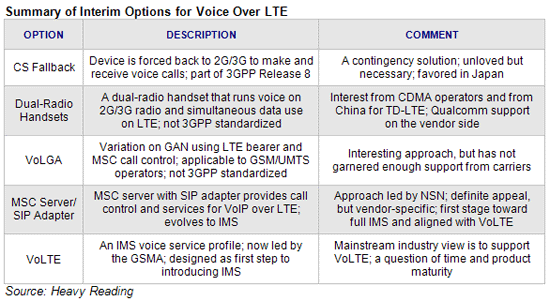Mobile World Congress, being held in Barcelona from 24th Feb till today [check this page for the latest report from BBC], is decidedly one of the most prestigious and sought after annual congregation for both technologists and Industrialists across the world. Every leading vendor brings its latest inventions here be it a technology proof or a product, to make its presence known to the world. While there were different themes, I was particularly interested in how the leading vendors are positioning their products in respect to LTE (4G) and more curiously how they factor emerging markets like India and China in their strategy.
As for LTE adoption is concerned, MWC, 2013 has very little to showcase. LTE still is a high-speed data service for the most handset vendors. I instead tried to find what Nokia people are talking about.
Nokia, as always, an interesting component in cellular wireless Industry. Not the least because of the way it brought itself down from its unique leadership position in the worldwide handset market with windows strategy. In the changed market scenario, when most of its competitors from GSM days [before 3G], like Motorola, Sony-Ericsson have given up the race for the leading handset makers, Nokia still is trying its best to remain relevant. As per the recent survey, the top two positions in the handset vendors table are well-secured by Apple and Samsung. The top two OS in the race for smartphone OS are clearly Android and iOS. The dominance of Android and iOS is so overwhelming [check Apple and Google duopoly] that Blackberry positions itself aspiring for No.3 positions [CEO Thorsten Heins famously told reporters at the company's BlackBerry
Jam developer event that BlackBerry 10 has a "clear shot at being the
Number three platform in the market."- source: Neowin.]. Nokia's Windows-phone strategy is at best a limping response to the challenge, albeit slowly pulling some revenues for Nokia.
So I was curious what Mr. Elop would say in the MWC. Mr. Elop predictably sounded both ambitious and optimistic in numbers of interviews with virtually all media representatives in MWC. You can watch him below in the Bloomberg interview [courtesy Bloomberg]
Mr. Elop thinks Lumia strategy has started to pay dividends and his winning strategy is to make Lumia platform accessible to low-cost mobile market such as India. He appears to have claimed that Nokia would be the first in the market to make advanced features, that are only available in high-end smartphones, also available for cost-conscious customers. He mentioned about Nokia's Asha series of phone in India in one such interview.
Anyone who has been following the industry may beg to disagree with him. Fact is it was Samsung who first adopted the strategy of creating one platform for all its phones and tablets and then executed it to finesse. Once Samsung Galaxy proven itself as a good competition for high-end smartphone and tablet segment, Samsung aggressively pursued cost-conscious market by launching numbers of low-end galaxy-based phones, delivering popular features like wireless LAN, Facebook app, dual-SIM, touch phone to multitudes of India at affordable price [Trust me Samsung did not pay me to write this!]. Nokia's Asha was at best a delayed response to Samsung. The question is whether same strategy with Lumia will deliver bigger success for Nokia. There is no doubt that notwithstanding the loss of reputation of Nokia as the most sturdy phone maker in last two years, Nokia still is a force in the Indian handset market.
 |
| Huawei Ascend P2: courtesy PC Advisor |
I, however, was particularly intrigued the way Huawei has been slowly becoming a serious brand in the handset market and cranking up newer products. In fact Huawei claimed to have brought out world's fastest smartphone with the launch of Ascend P2 which is its latest LTE-based Android smartphone making it position against both Samsung Galaxy and Nokia Lumia. [ you can read complete review from PC advisor here]. Silently Huawei has got its new LTE chipsets as well as brought out a new platform over Android following Samsung. Huawei in fact has been pushing its low-cost CDMA phones to India for quite some time and if one has to go by the buzz, people like them; they are cheap, light, sturdy and provide nice UI. I would expect Huawei to be lot more aggressive in Indian market when LTE takes the dominant position in India.
Indian Mobile market is one of the most attractive segment for the handset vendors; almost all of them agree that ignoring 250+ million strong customer base in India would be a strategic suicide. Fortunately beside being cost-competitive, vendors hardly need any large customization to their phones unlike Chinese or Japanese market. All that the Indian consumers want are proven technology and a sturdy and nice-looking phone. As far as LTE is concerned, as I mentioned in my last post, the technology needs another year to mature to replace the 2G for voice. So Apple, Blackberry and Nokia can afford to be slow with LTE -based product release but there is no doubt that in about two years when 4G replaces both 2G and 3G, chinese Huawei and ZTE will figure prominently in world-wide handset vendors table.
My previous posts on Nokia handset strategy:
My previous posts on Nokia handset strategy:
